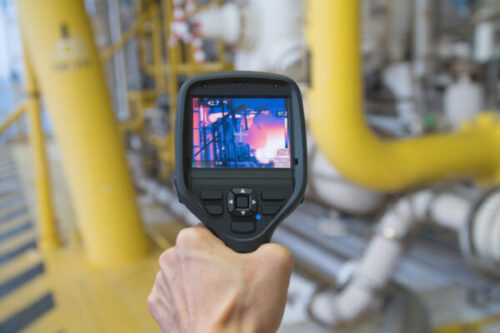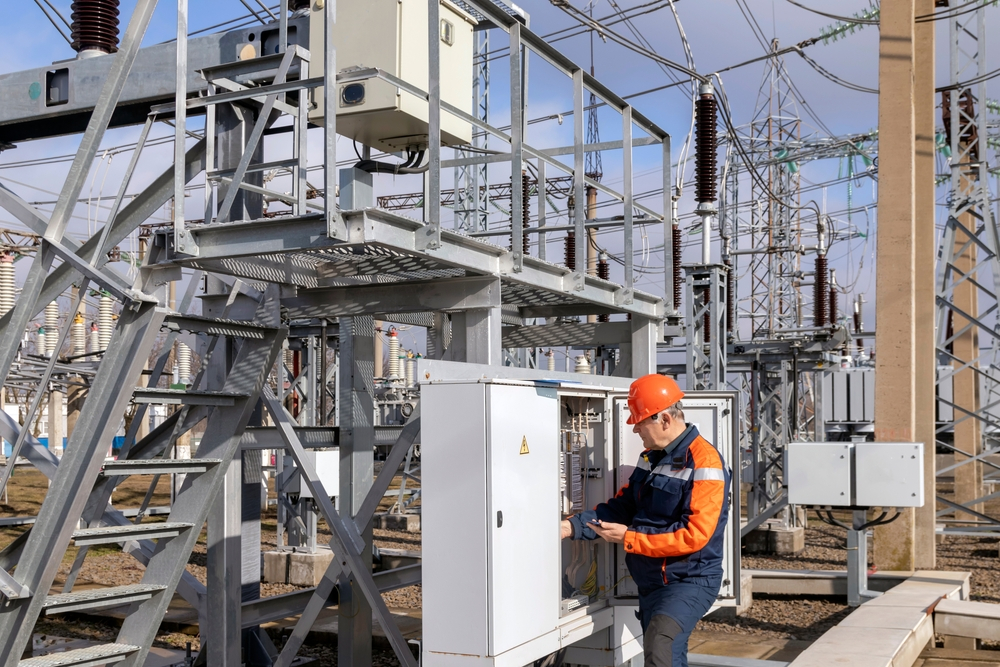The Buzz on Roar Solutions
The Buzz on Roar Solutions
Blog Article
Roar Solutions Fundamentals Explained
Table of ContentsExamine This Report about Roar Solutions10 Easy Facts About Roar Solutions DescribedThe Best Strategy To Use For Roar Solutions
In order to secure installments from a prospective explosion a method of evaluating and categorizing a potentially harmful location is required. The purpose of this is to ensure the right choice and installment of equipment to ultimately prevent a surge and to guarantee safety of life.
(https://letterboxd.com/roarsolutions/)
No tools must be installed where the surface area temperature level of the devices is more than the ignition temperature level of the provided hazard. Below are some common dust hazardous and their minimal ignition temperature level. Coal Dust 380C 225C Polythene 420C (melts) Methyl Cellulose 420C 320C Starch 460C 435C Flour 490C 340C Sugar 490C 460C Grain Dirt 510C 300C Phenolic Material 530C > 450C Aluminium 590C > 450C PVC 700C > 450C Soot 810C 570C The possibility of the hazard being existing in a concentration high sufficient to create an ignition will certainly vary from area to location.
In order to identify this risk an installment is split right into locations of danger depending upon the quantity of time the harmful exists. These areas are described as Areas. For gases and vapours and dusts and fibres there are 3 zones. Zone 0 Zone 20 A harmful atmosphere is highly most likely to be existing and may be existing for extended periods of time (> 1000 hours per year) and even constantly Zone 1 Area 21 An unsafe environment is feasible however not likely to be existing for extended periods of time (> 10 450 C [842 F] A classification of T6 suggests the minimum ignition temperature is > 85 C [185 F] Unsafe area electric devices perhaps created for usage in higher ambient temperatures. This would suggested on the ranking plate e.g. EExe II C T3 Ta + 60C( This implies at 60C ambient T3 will certainly not be surpassed) T1 T1, T2, T3, T4, T5, T6 T2 T2, T3, T4, T5, T6 T3 T3, T4, T5, T6 T4 T4, T5, T6 T5 T5, T6 T6 T6 A T Class score of T1 implies the optimum surface temperature level produced by the instrument at 40 C is 450 C. Thinking the associated T Class and Temperature ranking for the devices are ideal for the area, you can constantly utilize a tool with a much more strict Department rating than needed for the location. There isn't a clear solution to this concern. It truly does rely on the type of tools and what repair services need to be performed. Tools with details test treatments that can not be performed in the area in order to achieve/maintain 3rd party score. Should come back to the manufacturing facility if it is prior to the equipment's service. Area Fixing By Authorised Worker: Challenging testing might not be needed nevertheless details treatments might require to be complied with in order for the tools to maintain its 3rd celebration score. Authorized workers have to be utilized to execute the work properly Repair must be a like for like replacement. New component must be thought about as a straight replacement requiring no special testing of the tools after the repair is total. Each tool with a dangerous score need to be evaluated independently. These are laid out at a high level listed below, but for more in-depth details, please refer directly to the guidelines.
Rumored Buzz on Roar Solutions
The equipment register is a comprehensive data source page of devices documents that consists of a minimum collection of areas to identify each thing's area, technical specifications, Ex category, age, and ecological information. The proportion of Thorough to Shut evaluations will be established by the Tools Threat, which is examined based on ignition risk (the likelihood of a resource of ignition versus the probability of a combustible atmosphere )and the hazardous location category
( Zone 0, 1, or 2). Executing a durable Risk-Based Assessment( RBI )strategy is critical for making sure compliance and security in managing Electric Devices in Hazardous Locations( EEHA).
5 Easy Facts About Roar Solutions Described

In terms of eruptive danger, a hazardous location is an atmosphere in which an explosive environment is present (or might be expected to be present) in quantities that call for special preventative measures for the construction, installment and use tools. eeha training. In this post we discover the obstacles faced in the office, the risk control procedures, and the required expertises to work safely
These compounds can, in specific problems, create eruptive environments and these can have significant and terrible repercussions. Most of us are acquainted with the fire triangle eliminate any one of the 3 elements and the fire can not happen, yet what does this mean in the context of harmful areas?
In a lot of instances, we can do little regarding the degrees of oxygen airborne, but we can have significant impact on resources of ignition, for instance electrical tools. Harmful locations are recorded on the unsafe area classification illustration and are identified on-site by the triangular "EX" sign. Below, among various other crucial info, areas are divided into three kinds relying on the threat, the chance and duration that an explosive atmosphere will certainly exist; Zone 0 or 20 is deemed one of the most unsafe and Area 2 or 22 is deemed the least.
Report this page